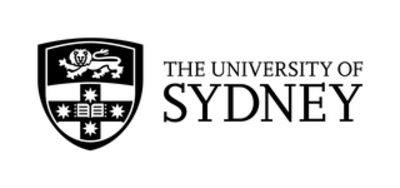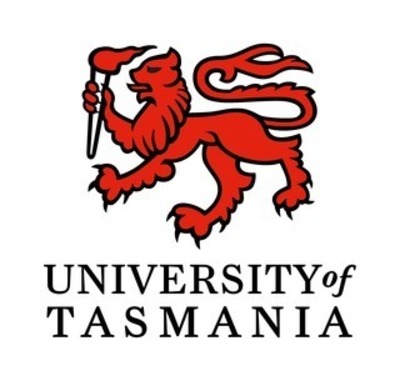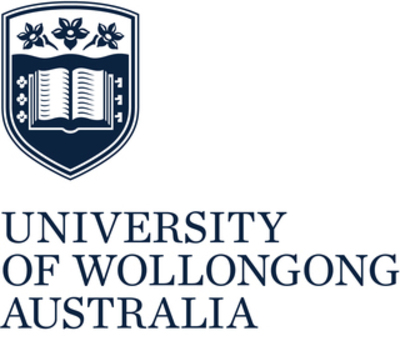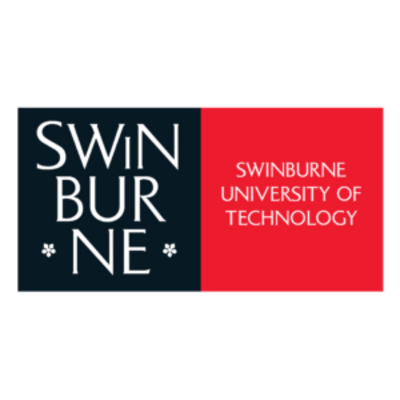- Home
Edition
Africa Australia Brasil Canada Canada (français) España Europe France Global Indonesia New Zealand United Kingdom United States Edition:
Global
Edition:
Global
- Africa
- Australia
- Brasil
- Canada
- Canada (français)
- España
- Europe
- France
- Indonesia
- New Zealand
- United Kingdom
- United States
 Academic rigour, journalistic flair
Academic rigour, journalistic flair
 ThisIsEngineering/Pexels
One university boosted gender diversity in advanced maths by over 30% in 5 years – here’s how
Published: November 23, 2025 7.04pm GMT
Zsuzsanna Dancso, University of Sydney
ThisIsEngineering/Pexels
One university boosted gender diversity in advanced maths by over 30% in 5 years – here’s how
Published: November 23, 2025 7.04pm GMT
Zsuzsanna Dancso, University of Sydney
Author
-
 Zsuzsanna Dancso
Zsuzsanna Dancso
Associate Professor of Mathematics, University of Sydney
Disclosure statement
Zsuzsanna Dancso does not work for, consult, own shares in or receive funding from any company or organisation that would benefit from this article, and has disclosed no relevant affiliations beyond their academic appointment.
Partners
University of Sydney provides funding as a member of The Conversation AU.
View all partners
DOI
https://doi.org/10.64628/AA.emsnkr446
https://theconversation.com/one-university-boosted-gender-diversity-in-advanced-maths-by-over-30-in-5-years-heres-how-270083 https://theconversation.com/one-university-boosted-gender-diversity-in-advanced-maths-by-over-30-in-5-years-heres-how-270083 Link copied Share articleShare article
Copy link Email Bluesky Facebook WhatsApp Messenger LinkedIn X (Twitter)Print article
As the artificial intelligence (AI) and quantum computing industries explode, trained STEM professionals are in high demand. Mathematics is foundational to these fields.
But mathematics is missing an important ingredient: people who are female or gender-diverse.
In New South Wales, for example, only one-third of high school graduates who complete mathematics at the highest level are female or gender-diverse. And when students choose university courses in December, a large proportion of these highly qualified people will step away from mathematics and STEM.
Australia cannot stay competitive by only accessing half of its young talent. By leaving mathematics early, young women and gender-diverse people limit their own career opportunities. Worse, the new technologies resulting from the current revolutions may not serve broader society well, if women and gender-diverse people are not involved in their development.
But at the University of Sydney over the past five years we have run a successful pilot program to reverse this trend – and to empower young women to make informed career choices. Better, the program is cheap to run and can be easily adopted elsewhere so mathematics – and the many industries it underpins – can be more diverse in ways that benefit everyone, regardless of their gender.
Declining enrolments
Before 2020, female and gender-diverse enrolments in advanced mathematics at the University of Sydney were in decline.
In 2020 the incoming cohort was nearly 80% male. Non-STEM directions offer attractive and important career options, and some movement between specialisations is expected. But a nosedive from 35% female students at the end of high school to 22% at the start of university indicates a problem.
Over five years, a team I lead piloted an intervention which has increased the ratio of female and gender-diverse students in advanced first-year mathematics from 22% to 30% – nearly back to the high school levels.
Our program consists of two components:
information, personalised invitations, and enrolment advice for incoming female and gender-diverse students, and
a mentoring program for female and gender-diverse students who enrol in advanced mathematics.
Targeting the problem from year one
Before the start of semester, we compare first year enrolments with students’ high school certificates and majors. Like in high school, mathematics at the university is offered at multiple parallel levels.
When students are enrolled at a lower level than their background and major would justify, we send personalised emails encouraging them to switch to the advanced level. We hold a welcome event and multiple drop-in sessions, offering tailored advice.
In the mentoring program we match female and gender diverse advanced maths students with groups of eight to twelve peers of mixed year levels. Matching is based on timetables.
Each group is mentored by a senior (Honours or PhD) student, and an academic – at least one of whom is female or gender-diverse. Student mentors bring invaluable insight to the program, as they had walked in the mentees’ shoes only a few years before.
Each year 50–80 students participate in the program, roughly two-thirds of whom are first-year students.
Mentoring groups meet weekly for an hour: sometimes with both mentors, sometimes with the student mentor alone. Meeting topics are loosely structured around academic advice and sharing experiences.
Many groups develop their own agendas organically. The program does not focus on tutoring, though students enjoy discussing key mathematical techniques and concepts.
Fostering community and belonging
At the heart of the program is the opportunity to build community with peers, away from the pressure of assessments. While student feedback on the program is overall enthusiastic, it is a puzzle to maintain engagement with mentoring as semesters get hectic. It is difficult for students to prioritise community building when marks are on the line elsewhere.
We suspected the large drop in female and gender diverse enrolments at the transition to university is at least partly explained by these students’ lack of confidence in their mathematical abilities.
Research shows such insecurities disproportionately affect women. General messaging is ineffective in the face of self-doubt, so we aimed for a personalised but scalable approach.
The mentoring component fosters community and belonging. This combats isolation, provides ongoing support and enables long-term retention.
A low-cost solution
Our program is a low-cost solution that can be implemented in most academic contexts.
The first year of university is a place to start, but it is too late to fully address Australia’s pipeline problem. We can’t expect to have women and gender-diverse students participating in STEM at university in higher numbers than they did at the end of high school.
Similar programs could be put in place in high schools, and personal invitations can even be used to bring more girls to elementary school enrichment programs. This would help boost diverse and equitable participation in STEM from the roots.
- Mathematics
- Universities
- Education
- Science
- Gender diversity
- STEM
Events
Jobs
-
 Senior Manager, Student Information and Regulatory Reporting
Senior Manager, Student Information and Regulatory Reporting
-
 Lecturer in Paramedicine
Lecturer in Paramedicine
-
 Associate Lecturer, Social Work
Associate Lecturer, Social Work
-
 Lecturer, Communication Design
Lecturer, Communication Design
-
 Leading Research Centre Coordinator
Leading Research Centre Coordinator
- Editorial Policies
- Community standards
- Republishing guidelines
- Analytics
- Our feeds
- Get newsletter
- Who we are
- Our charter
- Our team
- Partners and funders
- Resource for media
- Contact us
-
-
-
-
Copyright © 2010–2025, The Conversation

 Senior Manager, Student Information and Regulatory Reporting
Senior Manager, Student Information and Regulatory Reporting
 Lecturer in Paramedicine
Lecturer in Paramedicine
 Associate Lecturer, Social Work
Associate Lecturer, Social Work
 Lecturer, Communication Design
Lecturer, Communication Design
 Leading Research Centre Coordinator
Leading Research Centre Coordinator


